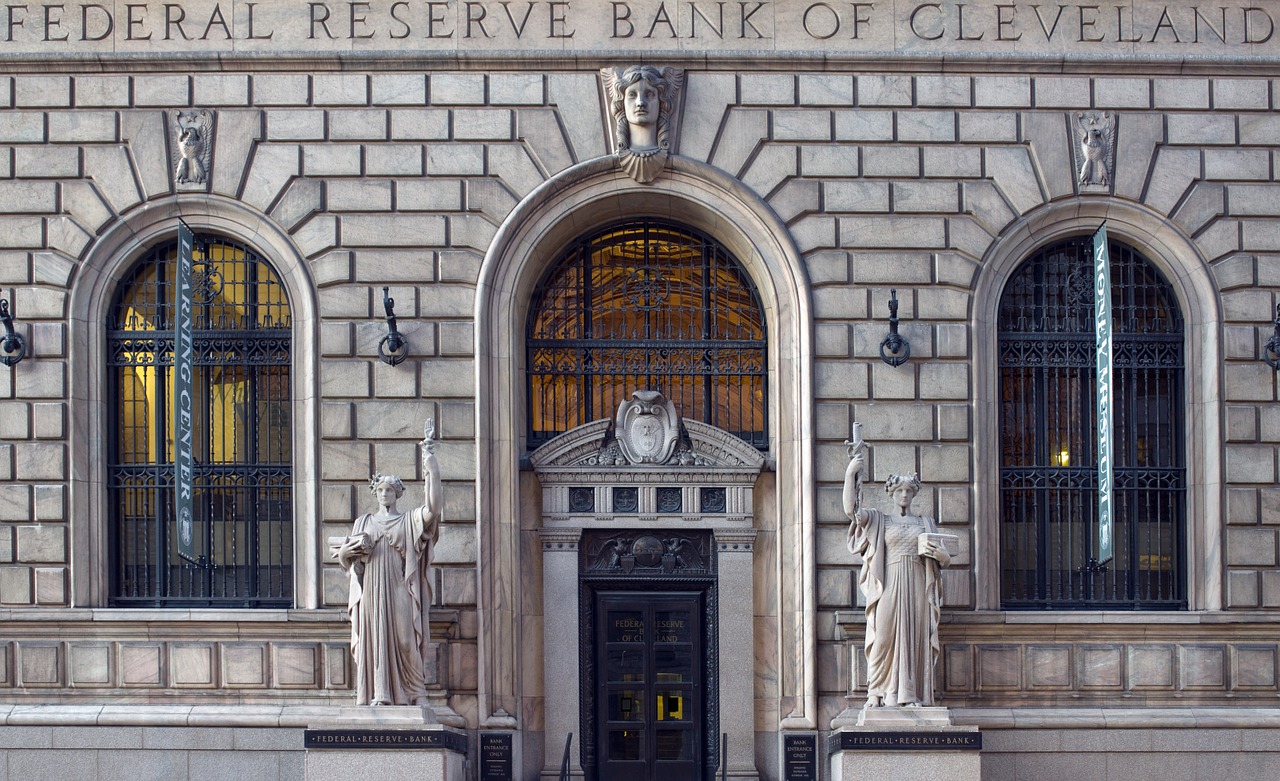Robert L. Rodriguez was the former portfolio manager of the small/mid-cap absolute-value strategy (including FPA Capital Fund, Inc.) and the absolute-fixed-income strategy (including FPA New Income, Inc.) and a former managing partner at FPA, a Los Angeles-based asset manager. He retired at the end of 2016, following more than 33 years of service.
Q2 hedge fund letters, conference, scoops etc

He won many awards during his tenure. He was the only fund manager in the United States to win the Morningstar Manager of the Year award for both an equity and a fixed income fund and is tied with one other portfolio manager as having won the most awards. In 1994 Bob won for both FPA Capital and FPA New Income, and in 2001 and 2008 for FPA New Income.
The opinions expressed reflect Mr. Rodriguez’ personal views only and not those of FPA.
I interviewed Bob last week.
In our previous interview, two years ago, you stated that monetary policy has distorted the capital markets and created a difficult time for value managers. Has anything changed since then? Can or should value managers adapt to an era of permanently distorted markets?
Monetary policy has gone from the ridiculous to the absurd. The Fed, in my opinion, is clueless and is driven by theories with little basis in reality. Why are they so tethered to a 2% inflation rate that will reduce purchasing power by 50% over 36 years? What is the magic of this number? If you may recall, former Chairman Ben Bernanke wrote a November 2010 op-ed for the Washington Post where he argued that Fed’s increased asset purchases would drive equity prices higher, creating a wealth effect and, thus, the virtuous economic cycle would take hold. At the time, I considered this a terribly foolish argument since it is not the job of the Fed to manipulate the equity market. It also had little to do with real economic capital formation. He also made another ill-advised comment back in the spring of 2007, when he said that there would be no financial contagion from sub-prime lending.
The Fed has been consistently on the wrong side of economic outcomes prior to the last financial crisis and also in its subsequent actions after it.
In my 2009 Morningstar keynote speech, I argued that the forthcoming economic recovery would be sub-standard. I quantified this assessment in follow-up interviews as 2% real GDP growth for as far as the eye could see. It would also be accompanied by substandard capital spending and productivity growth. In the 10 years yeas since that speech, real GDP has grown at approximately 2% and we’ve had the worst productivity and capital spending cycles since the Depression. The Fed did not see this scenario coming.
After nine years of intrusive, manipulative and insane QE and zero-rate interest-rate monetary policy, real GDP growth has barely responded. For much of this time, interest rates were at a negative real yield. So what is the Fed’s answer to today’s weakening economic data? It is and will be to lower rates again into a negative real yield level and then eventually initiate more QE. These policies did not work the last time, so to expect a different outcome from similar policies this time would appear to be the definition of insanity. These unsound policies have distorted the economic system by allowing zombie companies to survive, with little hope of true positive economic outcomes. Monetary policy has released a pernicious attack on prudence and financial discipline by those who save. The older generation’s income is under attack to foster these bubble-headed policies.
Debt leverage, in all areas, continues to grow and now we are at leverage levels, as a percentage of GDP, that are equal to or greater than where we were prior to the last financial crisis in 2007. We now have over $17 trillion dollars of negative yielding debt. Several countries have had negative yields throughout the last decade, which have done little to stimulate real GDP growth. Could it be that we are reaching debt levels where the marginal utility of it is approaching zero? As 13D Global Strategy & Research wrote in its August 29, 2019, commentary, “During the 1980s, a little over 50 cents of new federal debt was borrowed for each incremental dollar of GDP, but during the decade that ended in 2018, this rose to $1.50. In other words, the 75% decline in nominal borrowing costs since the 1980s may have made it easier to pile on more federal debt, but the increase in nominal GDP associated with each dollar of federal debt was cut by two-thirds.” I think this is the challenge we and other developed countries face going forward.
Read the full article here by Robert Huebscher, Advisor Perspectives
